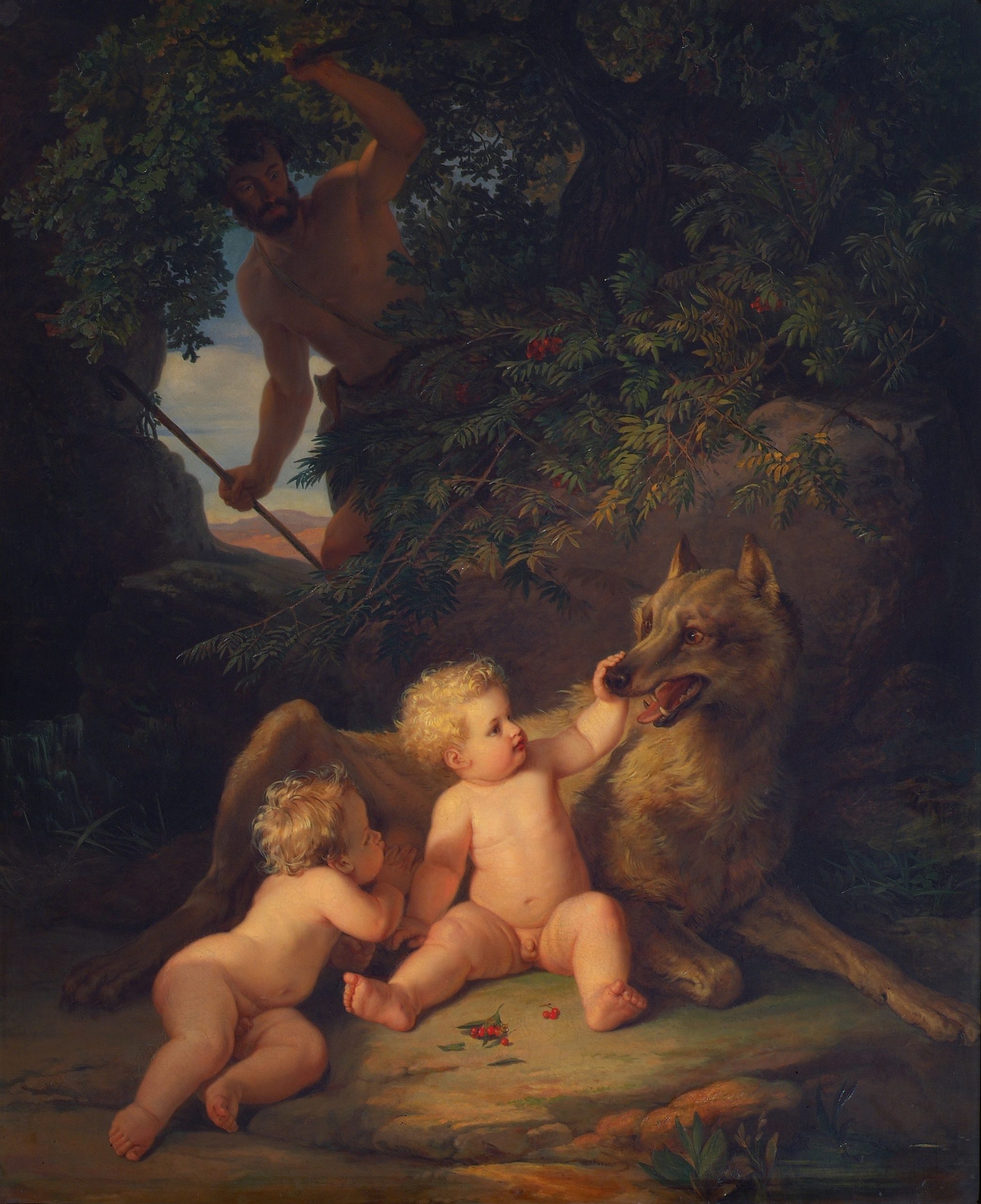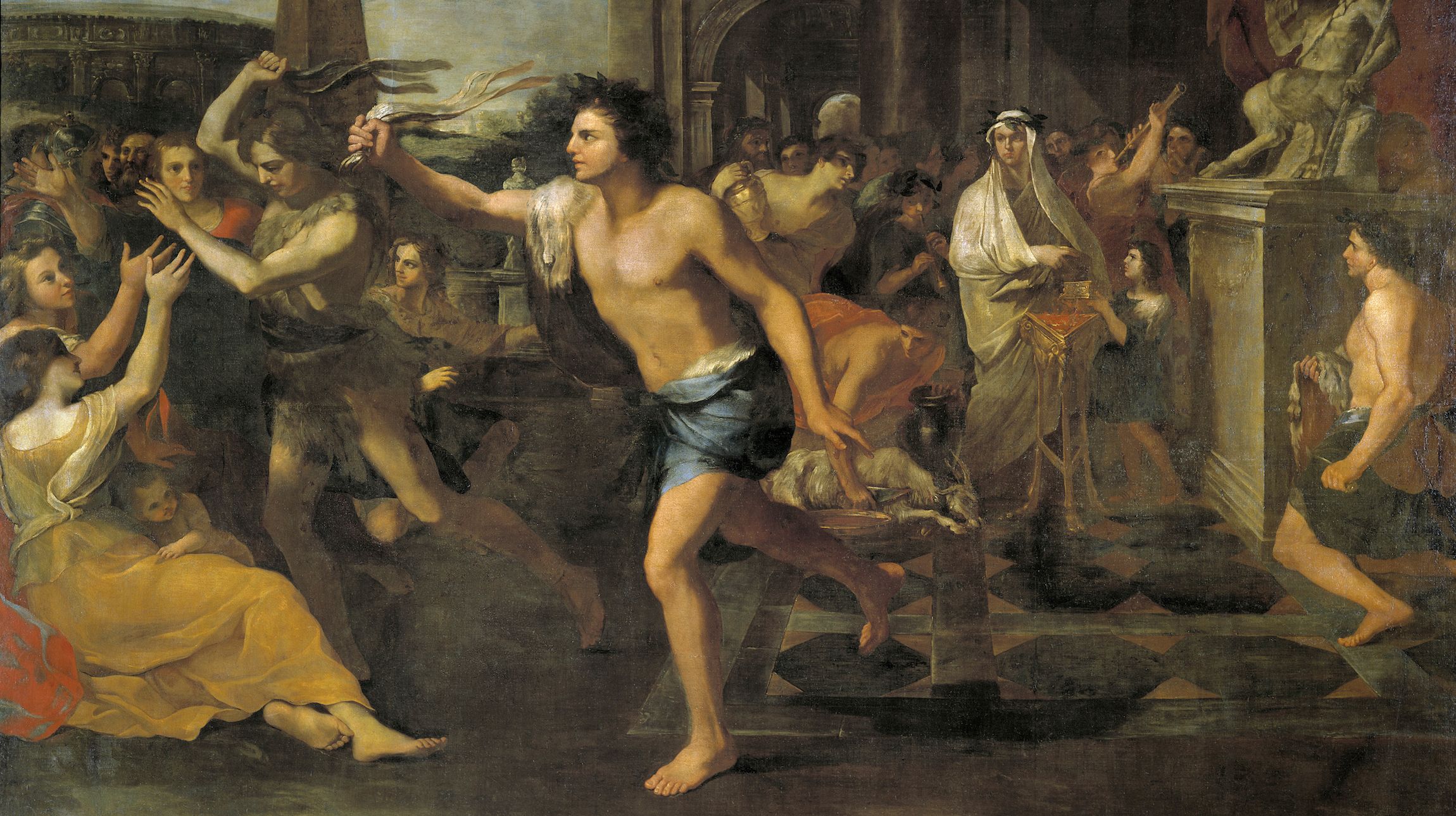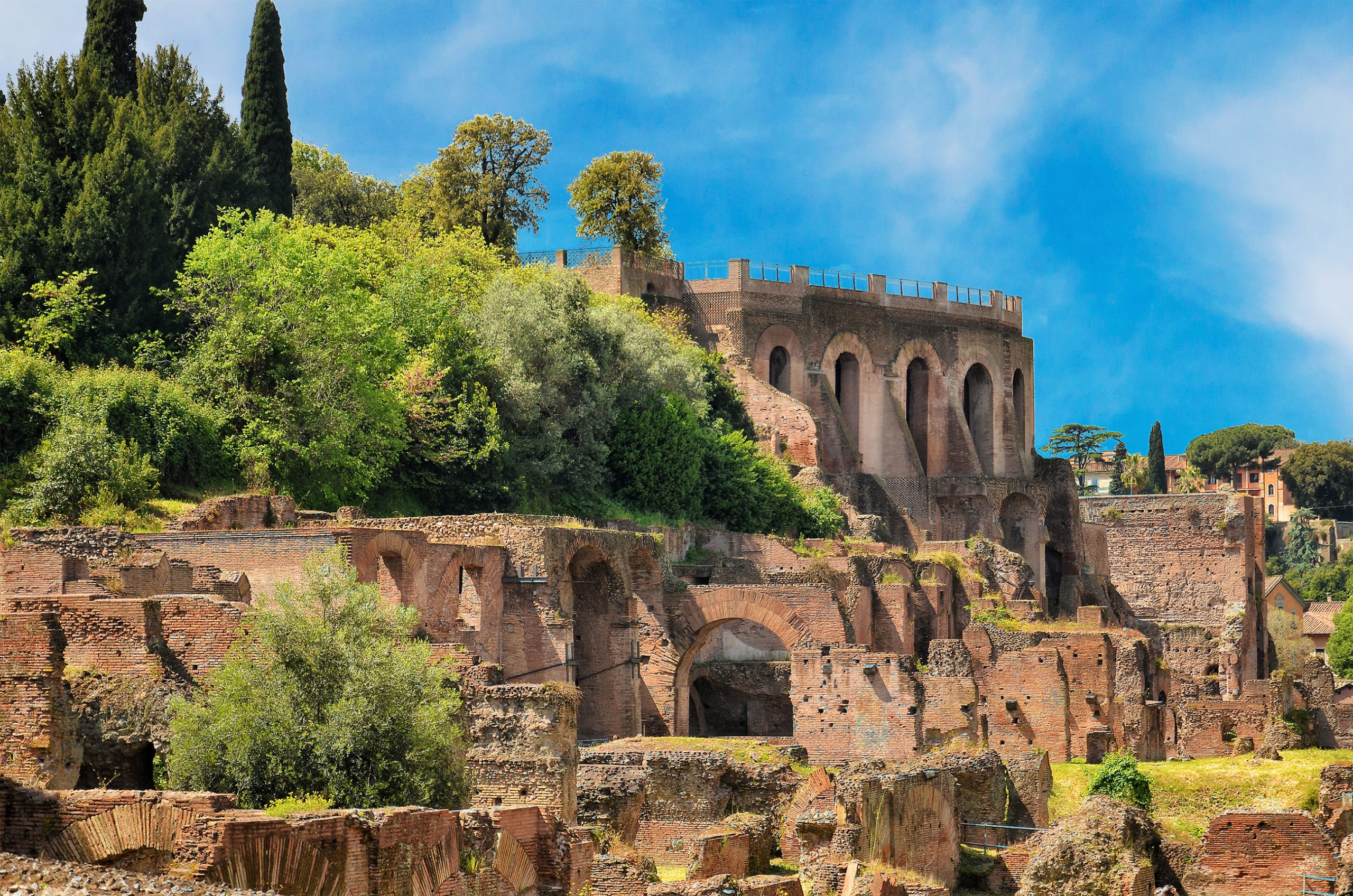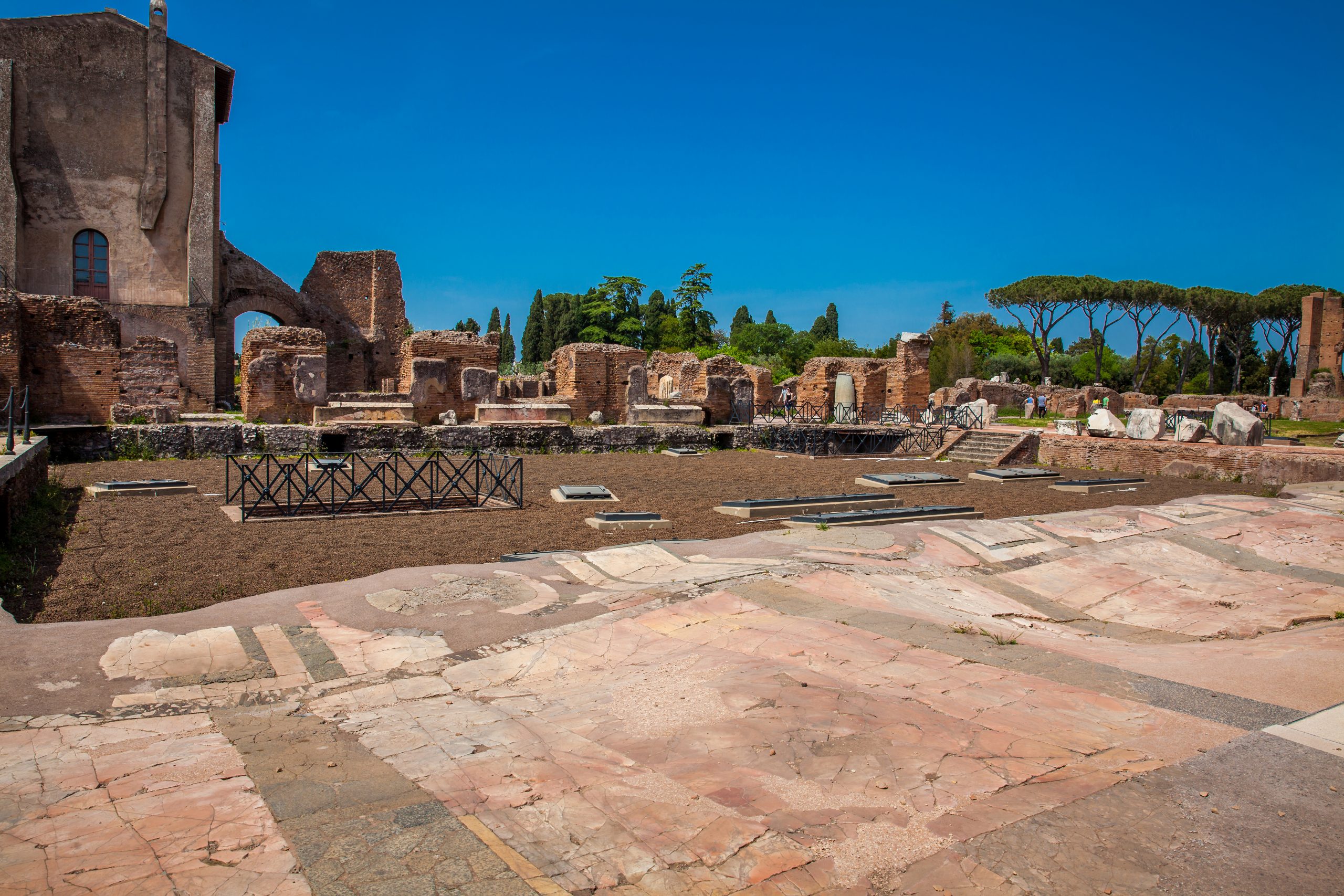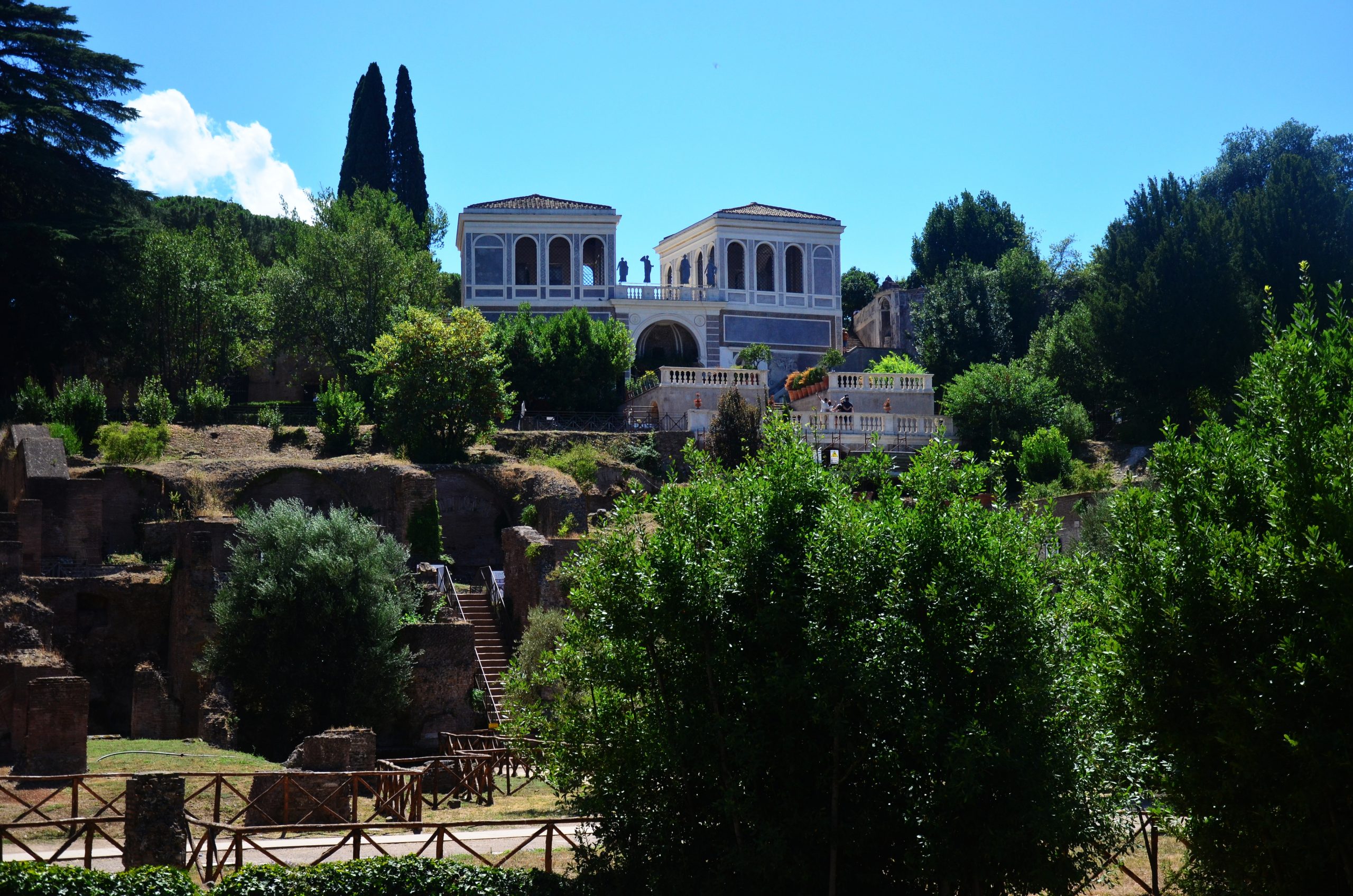The Lupercal
The Lupercal – The She-wolf’s Cave
The Lupercal (from Latin lupa “female wolf) was a cave at the southwest foot of the Palatine Hill in located somewhere near the temple of Magna Mater. According to legend this is where Romulus and Remus were taken and suckled the she-wolf. The foundation of Rome is steeped in legend and the difficulty for historians and archaeologists is to try to find evidence to support the past. Whilst to us today the idea of a she-wolf suckling human babies is far-fetched, the Romans clearly believed this myth and kept the ‘Lupercal’ cave as a sacred shrine.
The Lupercalia Festival
The Lupercal Cave was the site of the Lupercalia, a Roman festival celebrated annually on the 15th of February. The priests of Faunus, known as the Luperci, sacrificed animals in the cave, the skins of the slain animals would be made into straps which would be used by the priests who ran through the city of Rome striking those they passed. This appears to have been a fertility ritual, it was thought that being struck with the skin of a goat would help women who were trying to conceive. The Luperci, the priests of Faunus, celebrated ceremonies of the Lupercalia at the cave, from the earliest days of the City until at least 494 AD.
Finding the Lupercal
In 2007 a vaulted chamber was discovered under the hill by Italian archaeologists, close to the ruins of the House of Augustus. The chamber was 16 meters underground, in an area previously unexplored. Archaeologists used laser scanners, endoscopes and camera probes to investigate the space for fear it might collapse. The circular structure measuring 7.5 meters in diameter and 8 meters high was plastered and beautifully decorated with coloured marble, mosaics, shells and white eagle at the centre. If this truly is the Lupercal it had been glorified and decorated over the years by the Romans who used this as a cult shrine and a permanent reminder of the foundation of Rome.

